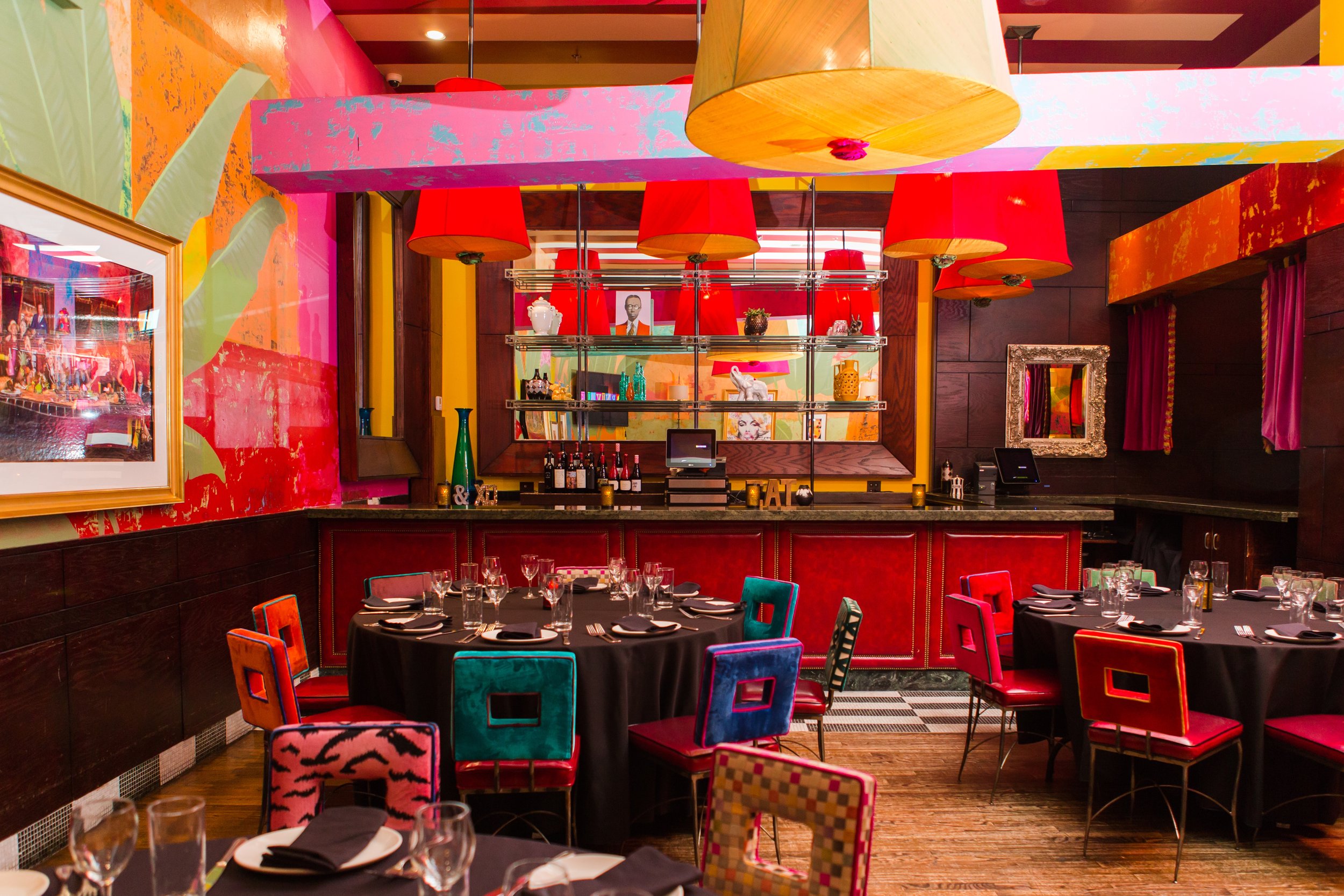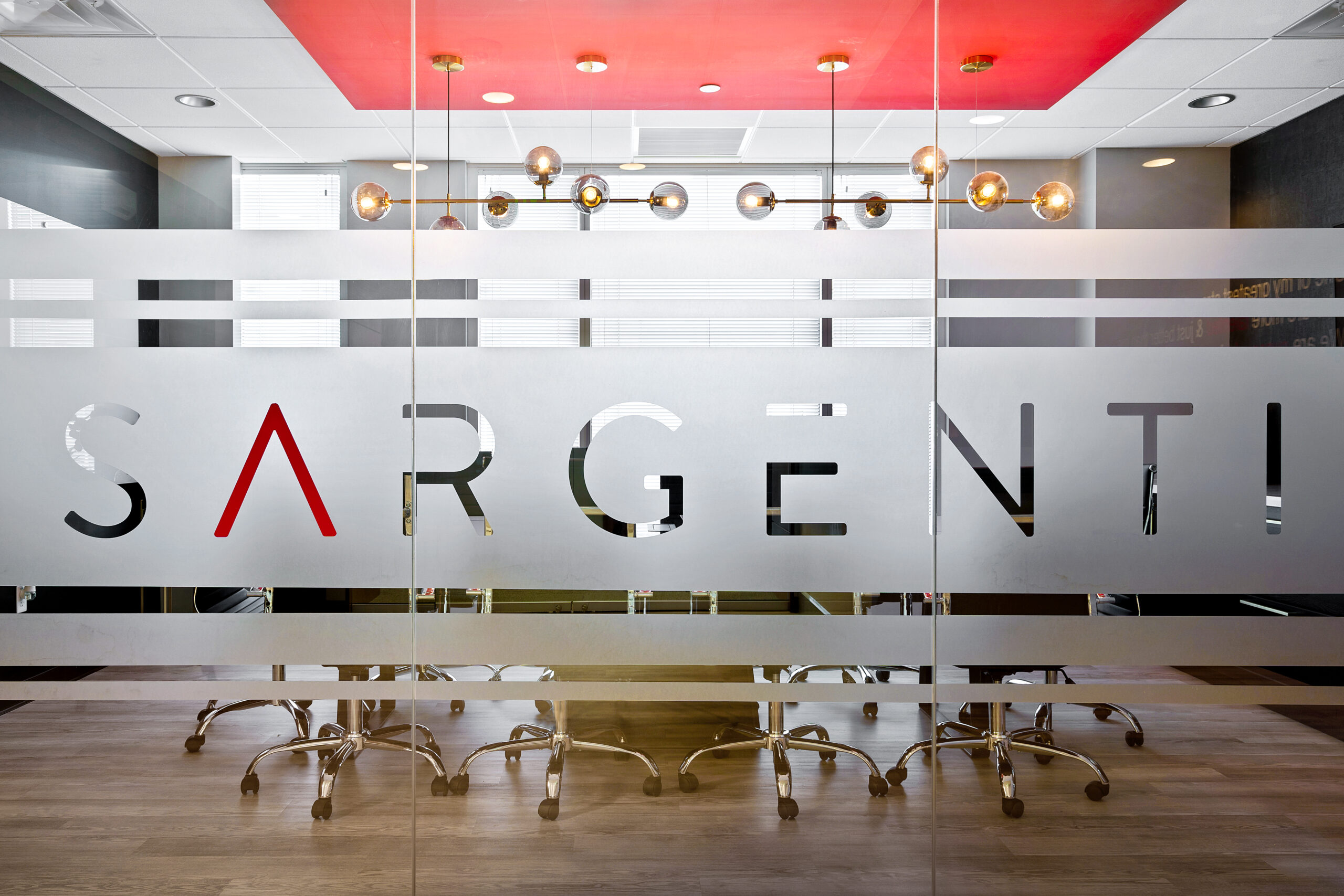In the second half of 2024, restaurant design is expected to embrace several exciting trends, especially with a focus on enhancing both indoor and outdoor dining experiences. Here are some key predictions:
Indoor Design Trends
- Open Kitchens and Layouts: Open kitchens continue to gain popularity, offering diners a transparent view of the culinary process, enhancing their connection with the food and chefs.
- Warm Color Palettes: Warmer tones such as browns, burnt oranges, and golden yellows are becoming popular. These colors create a cozy and inviting atmosphere, replacing the cooler grays and whites that were previously in vogue.
- Instagram-Worthy Elements: Visually appealing design elements like greenery walls, neon signs, and unique lighting fixtures are being incorporated to attract social media attention. These features serve as free marketing tools when customers share their experiences online.
- Mixed and Matched Furniture: Combining different design styles and furniture pieces creates a unique and eclectic atmosphere, making dining environments stand out from more conventional designs.
- Local Art and Handcrafted Goods: Displaying local art and using handcrafted goods such as pottery and glassware supports local artisans and adds a unique touch to the restaurant’s ambiance. This trend aligns with the growing consumer preference for supporting local businesses.
Outdoor Dining Trends
- Optimizing Outdoor Spaces: Outdoor dining remains highly popular, with restaurants enhancing these areas with elements like string lights, potted plants, and decorative umbrellas to create a pleasant and visually appealing environment.
- Dome Dining: Private dining domes offer a unique, intimate dining experience regardless of weather conditions. These domes can be heated and used year-round, making them a versatile addition to any outdoor space.
- Green Oases: Creating lush, green outdoor dining areas with a variety of plants helps transform patios into attractive, nature-inspired retreats. This trend is particularly effective in urban settings where greenery is less common.
- Interactive Outdoor Features: Adding elements like outdoor games (e.g., bocce or cornhole) and incorporating faux grass or sand can make outdoor dining areas more engaging and enjoyable, encouraging patrons to stay longer.
- Decorative and Functional Lighting: Using different types of lighting, such as string lights or color-changing lights, can set the desired mood for various events and times of the day. Proper lighting not only enhances the aesthetic appeal but also improves the overall dining experience.
These design trends reflect a broader shift towards creating more engaging, sustainable, and versatile dining environments that cater to diverse customer needs and preferences. By incorporating these elements, restaurants can enhance the overall dining experience and stay competitive in the dynamic foodservice landscape of 2024.




